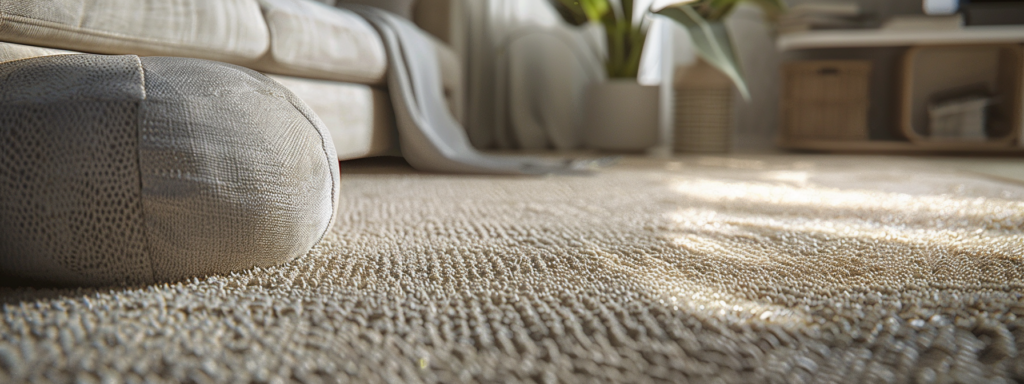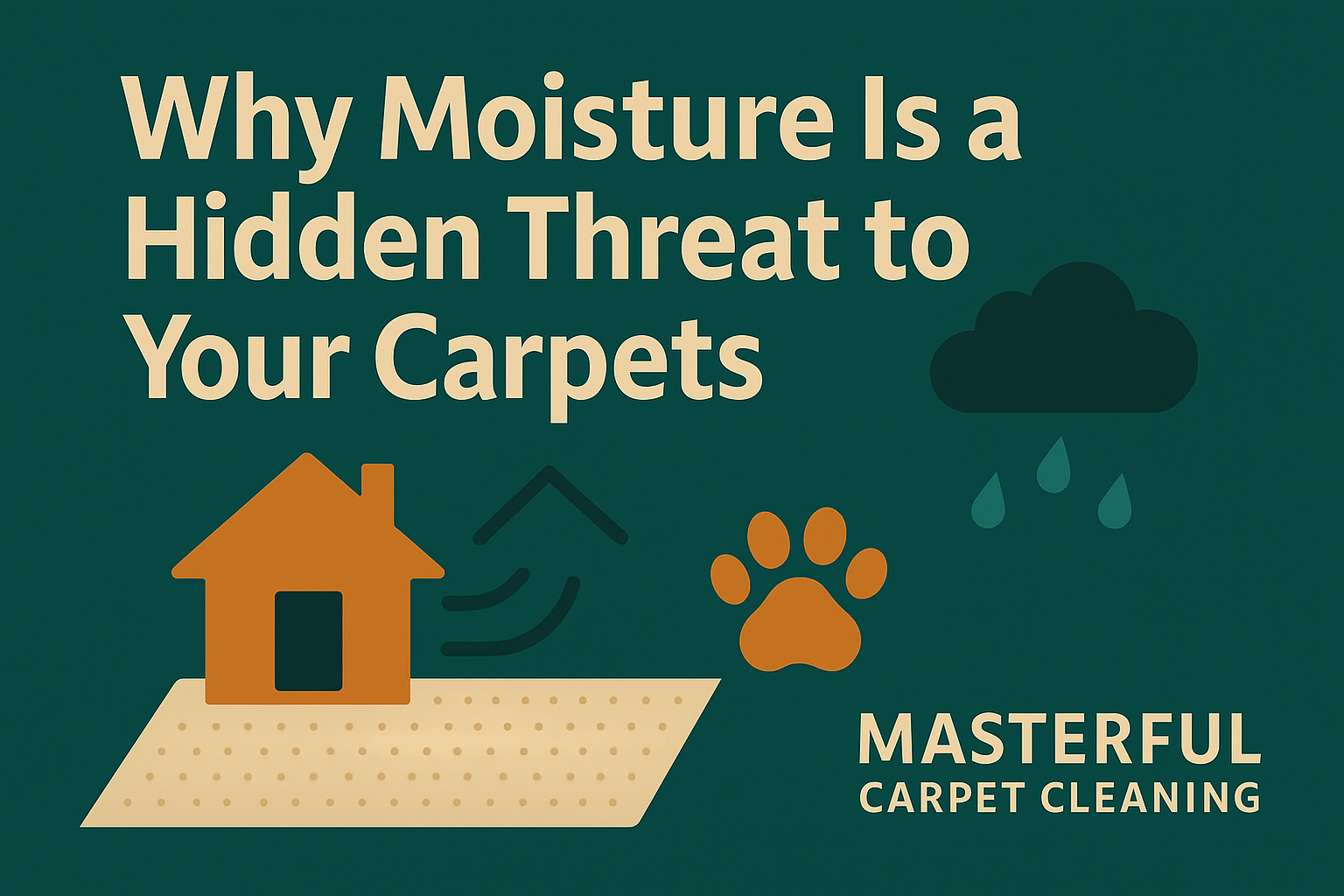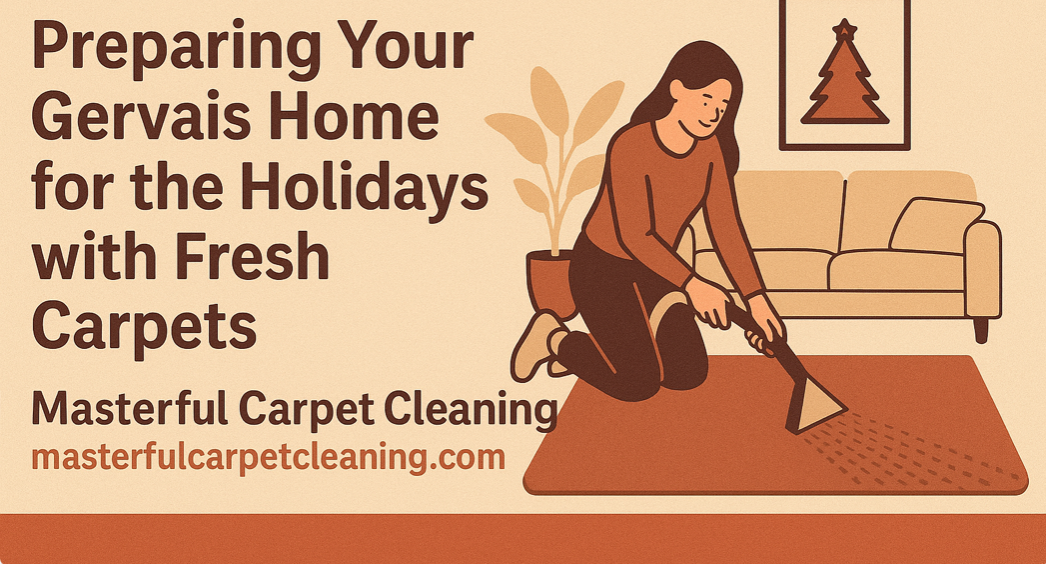5 Telltale Signs of Dust Mite Infestations in Your Home

Dust mites, microscopic pests thriving in warm, humid environments, feed on human skin cells shed daily. While invisible to the naked eye, they play a significant role in household allergens, particularly affecting individuals with sensitivities or asthma.
Health Effects of Dust Mite Allergens
For those allergic, exposure to dust mite proteins—found in their feces, urine, and decaying bodies—can lead to various symptoms. These can vary from mild irritations, like sneezing and itchy eyes, to more severe reactions, including asthma exacerbations, characterized by difficulty breathing, chest tightness, and disrupted sleep.
Addressing Dust Mite Allergies
Managing a dust mite allergy involves a dual approach: minimizing exposure and medical intervention. Strategies include maintaining low humidity levels, using allergen-proof beddings, and incorporating regular cleaning routines. For some, medications or immunotherapy offer necessary relief and symptom control.
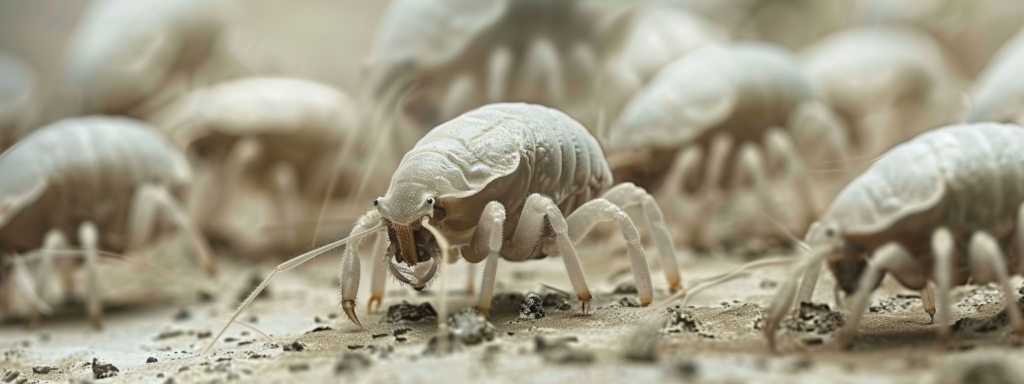
Signs of Dust Mite Infestations
Identifying a dust mite infestation in your home is important for maintaining a healthy living environment, especially for those with allergies or asthma. Here are the key signs to look out for, based on the insights gathered:
- Allergy Symptoms Year-Round: Continuous symptoms such as sneezing, runny nose, itchy and watery eyes, and stuffy nose could indicate a dust mite problem, especially if these symptoms persist throughout the year.
- Respiratory Issues and Asthma Flare-Ups: An increase in respiratory problems like coughing, wheezing, chest pain, and chest congestion, or exacerbation of asthma symptoms including difficulty breathing and chest tightness, may be linked to dust mite allergens.
- Skin Rashes: Unlike other pests that might leave visible bites, dust mites can cause skin reactions such as rashes, which might be itchy, red, and resemble eczema.
- Presence in Common Household Items: Dust mites tend to thrive in places where dead skin cells accumulate, such as bedding, upholstered furniture, carpets, and curtains. An abundance of dust in these areas can serve as a breeding ground for mites.
- Environmental Conditions Favorable to Dust Mites: High humidity levels and warm temperatures in the home create an ideal environment for dust mites to flourish. Keeping your home at similar temperature and humidity levels year-round can inadvertently support a large dust mite population.
Managing a Dust Mite Infestation
Reducing dust mite populations involves a combination of cleaning strategies and environmental control.
Regular washing of bedding in hot water, using dust-proof covers for mattresses and pillows, reducing indoor humidity, and thorough vacuuming with HEPA filters can significantly decrease dust mite numbers and allergens in your home.
Understanding these signs and taking proactive measures to control dust mite populations can help alleviate allergy and asthma symptoms, creating a healthier home environment.
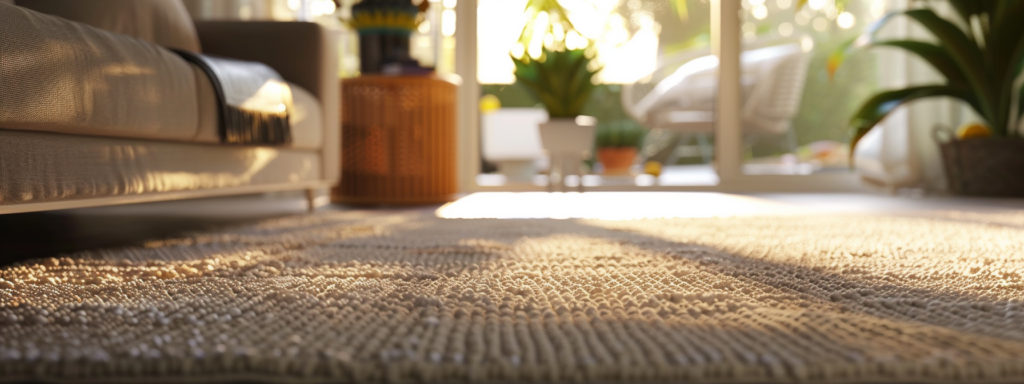
Prevention Tips
To prevent dust mite infestations and reduce their impact on your health, focusing on environmental control and hygiene practices is essential. Here are effective strategies compiled from various sources:
- Direct Sunlight Exposure: Exposing bedding and other fabric surfaces to direct sunlight for a few hours can kill living dust mites but won’t eliminate the allergens they leave behind. This method is straightforward and cost-effective.
- Temperature Control: Dust mites thrive in temperatures of 75 to 80℉ but can survive in temperatures as low as 46℉. Lowering your home’s temperature below 75℉ can reduce dust mite populations. Utilize air conditioning to maintain cooler temperatures.
- Washing in High Temperatures: Washing your bedding in hot water (at or above 130℉) effectively kills dust mites. Consider using a sanitize cycle if available, add dust mite laundry powder, or utilize a steam cleaner for additional efficacy.
- Humidity Control: Since dust mites thrive in humid environments, using a dehumidifier or air cleaner to maintain humidity levels below 50% can deter their presence. Ensure your air purifier is equipped with a HEPA filter to capture maximum dust particles.
- Vacuuming Regularly: Vacuuming reduces dust mite populations by removing allergens such as dead skin cells and pet dander, especially in areas where dust accumulates like under beds and furniture. Regular cleaning keeps your living spaces cleaner and minimizes allergens.
- Natural Oils: Essential oils like eucalyptus, tea tree, and lavender have antimicrobial properties that can help eliminate dust mites. Mix a few drops with water in a spray bottle and lightly mist areas where dust mites are present.
- Reduce Clutter and Heavy Window Coverings: Clutter provides hiding spots for dust mites, and heavy window coverings can accumulate dust. Opt for lighter window treatments that are easier to clean and keep your room tidy to minimize dust mite habitats.
- Flooring Considerations: Replacing wall-to-wall carpeting with hard flooring reduces dust mite living spaces, as carpets are a preferred environment for dust mites. Hard floors do not trap as much dust and are easier to clean.
- Damp Mopping: Using a damp mop on hard floors can effectively remove allergens and prevent them from becoming airborne, thus reducing dust mite presence.
- Dust Mite-Proof Covers and Choosing Easy-to-Clean Bedding: Utilizing dust mite-proof covers for mattresses and pillows creates a barrier against these pests. Opting for bedding materials that can be washed and dried at high temperatures helps keep dust mites at bay.
Implementing these strategies can significantly reduce dust mite populations in your home, leading to a healthier living environment and alleviating allergy and asthma symptoms.
Management Strategies
Managing and reducing existing dust mite populations in your home involves a combination of cleanliness, environmental control, and the use of certain products. Here’s a comprehensive approach based on the latest findings:
- Maintain a Cool and Dry Environment: Dust mites thrive in warm, humid conditions. Keeping your home’s temperature below 70°F and humidity levels under 50% can make it less hospitable for them. Dehumidifiers, air conditioning, and fans can effectively control humidity.
- Bedding and Bedroom Management: Encase mattresses and pillows in dust-mite-proof covers to create a barrier against mites. Wash all bedding weekly in hot water (at least 130°F) to kill dust mites and remove allergens. Opt for bedding materials that are less attractive to dust mites, such as wool, bamboo, or silk, which help keep the bed dry and are less permeable to mites.
- Vacuum and Dust Regularly: Using a vacuum cleaner with a True HEPA filter ensures that dust and mites are effectively captured without being released back into the air. Focus on areas where dust accumulates, like under beds and furniture. Dusting with a damp cloth can also help capture dust without spreading it around.
- Reduce Clutter and Minimize Fabric Surfaces: Clutter provides hiding spots for dust mites. Reducing clutter and minimizing fabric-covered furniture, heavy drapes, and wall-to-wall carpeting can decrease dust mite habitats. Hard surfaces are less inviting to mites and easier to clean.
- Use Natural Oils and Pest Control Methods: Natural oils like eucalyptus, tea tree, and lavender have antimicrobial properties that can help eliminate dust mites. Additionally, diatomaceous earth is a non-toxic powder that can kill dust mites by dehydrating them. Sprinkle it on carpets and upholstery, leave it for a few days, and then vacuum thoroughly.
- Air Purifiers and Cleaners: An air purifier with a True HEPA filter can significantly reduce airborne allergens, including dust mite particles. Make sure the purifier is rated for the size of your room for maximum effectiveness.
- Steam Cleaning: Steam cleaning furniture, curtains, and even carpets at temperatures above 130°F can kill dust mites and remove allergens. This method is especially useful for items that cannot be washed.
Recognizing the signs of dust mite infestations early and taking both preventive and corrective measures are vital for maintaining a healthy home environment.
By implementing strategies to control humidity and temperature, maintaining cleanliness through regular vacuuming and washing, and utilizing dust mite-proof materials and natural pest control methods, you can significantly reduce dust mite populations in your home.
This proactive approach will help alleviate allergy and asthma symptoms associated with dust mite allergens, ensuring a cleaner and healthier living space.
Author
-

As the Co-Owner of Masterful, Randy has been providing quality cleaning services to the Salem and Portland areas of Oregon for many years. He has built a reputation for excellence in the industry. His team take prides in using the latest cleaning techniques and technologies to deliver exceptional results every time.
View all posts
